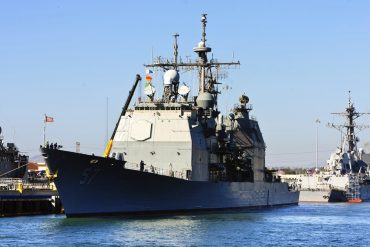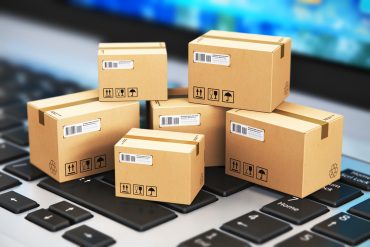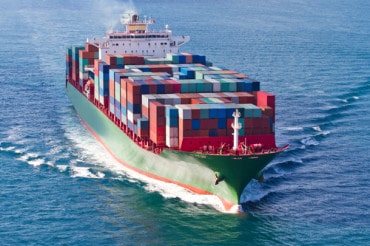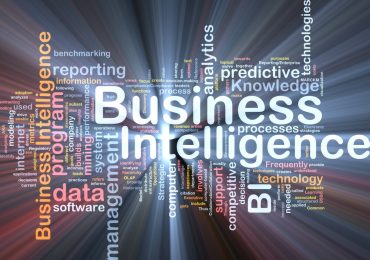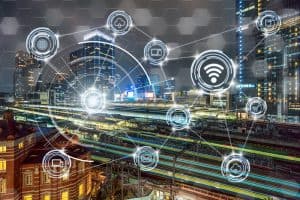
Combining intelligent streaming analytics with real-time digital twins for aggregate analysis offers several benefits in a variety of real-world applications.
Digital twins are finding broader use and playing a more important role in innovation. Many digital twins rely on continuous intelligence (CI) and artificial intelligence (AI) to ingest streams of data from sensors. The real-time analysis of that data use then used to make sense of current conditions, the status of different elements in a system, and determine what actions should be taken (if any).
See also: Will Predictive Analytics Boom Pave the Way for Continuous Intelligence?
Their rising importance was noted in a recent MIT Sloan Management Review article. The article stated:
“Supported by an estimated 25 billion connected global sensors by 2021, digital twins will soon exist for millions of things. A jet engine, a human heart, even an entire city can all have a digital twin that mirrors the same physical and biological properties as the real thing.
The implications are profound: real-time assessments and diagnostics much more precise than currently possible; repairs literally executed in the moment; and innovation that is faster, cheaper, and more radical.”
Why are Digital Twins Needed?
The wealth of data available from smart sensors and the internet of things (IoT) devices creates an opportunity to perform intelligent real-time monitoring to improve responsiveness and situational awareness dramatically.
The challenge is how to make sense of such vast amounts of data. If that could be accomplished, such capabilities would provide valuable insights enabling a switch from a reactive stance to a pro-active strategy. Unfortunately, deriving such information in real-time from many sensors or IoT devices is computationally challenging.
Digital twins are virtual representations of a physical object or system across its lifecycle, using real-time data to enable understanding, learning, and reasoning. Real-time digital twins offer a way to overcome such challenges.
Combining intelligent streaming analytics with real-time digital twins for aggregate analysis offers several benefits in different real-world applications. Using digital twins, applications implement a stateful model of the physical data sources that generate event streams and maintain separate state information for each data source.
Beyond providing a powerful model for stateful stream processing, digital twins offer other features—for example, continuous evaluation. Traditionally, most complex products could be fully analyzed, piece by piece, only twice during their lifetime — when they were created and when they were broken down at the end of their life cycle. With a digital twin approach, sensors in the physical twin can capture and continuously update the product’s digital twin throughout its lifetime. In this way, a manufacturer would have real-time insights into the product at all times.
Collaborating Twins
An emerging area of interest with digital twins is collaborating twins. Just as people collaborate to innovate, so too can digital twins. An example of this would be using digital twins for different aircraft components – an aircraft wing, engine, and fuselage. The digital twin for each engine could deliver insights into the state of the engine. Analysis from sensors in the engine could be used to reduce engine downtime, improve maintenance staff efficiently, and optimize spare parts inventory. Synergistics benefits can then be derived by using the digital twins of the different elements together.
Another collaborative scenario is in product development and maintenance. Manufacturers can gather real-time insights from deep within systems-of-systems to make it easier for engineers to find hidden inter-dependence, recommend optimal steps of reinvention, recalibrate, and predict future outcomes.
Such collaborative digital twins are already playing a major role in smart cities. Digital twins are giving urban planners new ways to design, monitor, and manage cities. They allow planners to optimize the performance of cities addressing energy management, mobility, resilience, sustainability, and economic growth.
Many smart cities are essentially a collection of smart systems and smart spaces. There may be a traffic management system that makes use of smart roadway sensors, smart highway traffic cameras, and traffic patterns from smart mapping applications to work with a smart traffic signal system. Digital twins of all elements in this example would be able to derive real-time traffic conditions, use that data to complement traffic management systems, and reduce congestion.
Architectures for Digital Twins
To achieve any benefits from digital twins requires a suitable architecture to support streaming data ingestion and real-time analysis. Specifically, digital twins need real-time data integration. Real-time data integration requires solutions such as IBM Streams, Apache Flink, Apache Spark Structured Streaming, and Apache Kafka.
Another essential element for digital twins is the ability to process continuous event streams to derive real-time insights and intelligence. What’s needed is streaming analytics. Streaming analytics provides the capabilities to investigate and understand the events flowing through unbounded real-time event streams. Streaming applications process the event flow and allow data and analytical functions to be applied to information in the stream. Streaming applications are written as multistep flows across the following capabilities:
- Ingest many sources of events.
- Prepare data by transforming, filtering, correlating, aggregating on some metrics, and leveraging other data sources for data enrichment.
- Detect and predict event patterns using scoring and classification.
- Decide by applying business rules and business logic.
- Act by directly executing an action, or in event-driven systems publishing an event notification or command.
With such elements in place, digital twins can be used to better understand physical systems and empower innovative designs and business practices.



